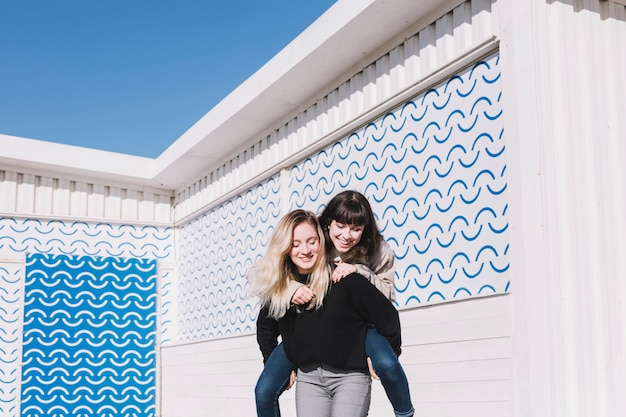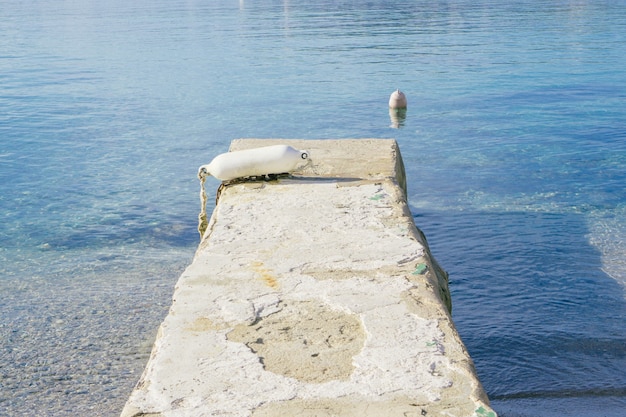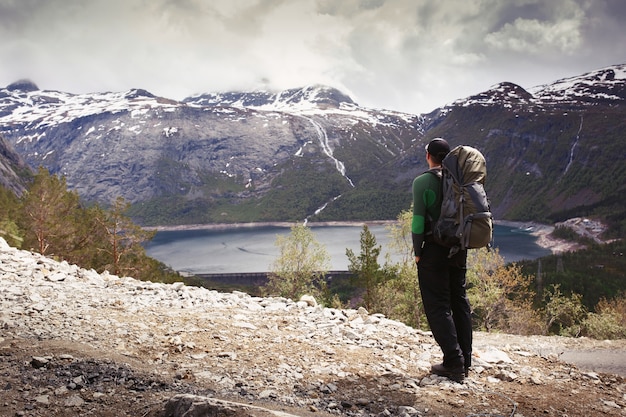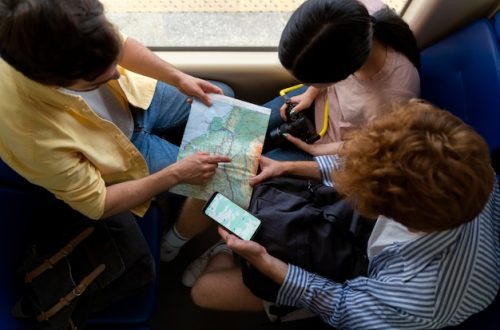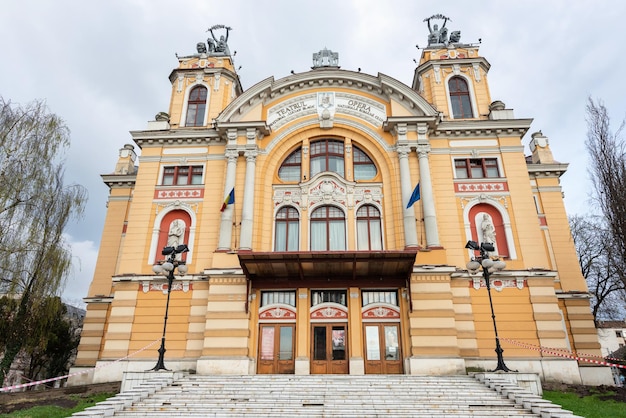
It takes just a few minutes in the historical old town or a quick walk along the 1.7 km pedestrian street to see that Plovdiv is unique.
With its Roman ruins, vibrant bar scene, great shopping, and laid-back (aylak) locals, this charming town is a must-visit for anyone traveling to Bulgaria. We spent five days in Plovdiv and wished it could have been five weeks!
Here are ten things you should do in Plovdiv:
Plovdiv is the sixth oldest continuously inhabited city in the world and the second-largest city in Bulgaria after Sofia. Originally a Neolithic settlement of the Thracians around 4,000 B.C, it has been inhabited ever since, making it the oldest continuously inhabited town in all of Europe.
This rich history has given Plovdiv one of the most charming old towns in Eastern Europe. Enormous stones cobble the streets, making for stunning photos, bumpy car rides, and sore ankles.
Parts of the ancient wall still exist in certain areas, and a spectacular Roman amphitheatre overlooks the Kapana neighborhood and the modern part of the city. Other places of interest include the Ethnographic Museum, the Eastern Gate to the city, and the Asymmetrical House.
An excellent way to see most of Plovdiv’s best sites and learn its unique history is by joining the FREE walking tour. Meet the guide at 2:00 PM in front of the Municipality Building on the Pedestrian Street. It’s the best introduction to Plovdiv, and the guides are generally great characters (we even grabbed a beer with ours after the tour).
If you join the tour on your first day in Plovdiv, it will help you get oriented in the city and understand its place in history. The tour takes you to many significant historical sites, so we won’t list those here.
The main pedestrian street (Knyaz Aleksander I or Aleksander Batenberg Street) runs for 1.7 km through the center of town. You can easily spend hours strolling along this street filled with shops selling everything from boots to wine, and cafes with tables spilling out onto the street. The buildings, mostly built in the late 19th and early 20th century, add to the charm.
Quick Eats on the Pedestrian Street:
Don’t miss Sladoledena Kashta Afreddo for cafe-style snacks and desserts, and the cafe attached to Dzhumaya Mosque for Turkish tea and snacks.
We had a fantastic experience with Bulgaria Wine Tours. We visited two wineries on a customized tour and even tasted Bulgarian wine straight from the oak barrel. The vineyards around Plovdiv are among the oldest and most beautiful in the world. Not going on a wine tour would mean missing a significant aspect of the culture in this part of Bulgaria. The Thracians, the first inhabitants, were passionate about their wines, which played a big part in their rituals and traditions. Be sure to try the local Ruben and Mavrud wines.
Plovdiv has countless bars, bistros, nightclubs, and cafes, many with great live music. We were lucky to catch a Bulgarian band playing in a small, cozy tavern. Kapana is a newly renovated area called “The Trap” due to its narrow alleyways and hidden streets. It’s easy to get lost here, but that’s the fun of it. The area is filled with pubs and restaurants with tables spilling onto the street, and the vibe is lively year-round, with summer festivals and parties that shouldn’t be missed.
Kapana is perfect for a pub crawl, but you can also do it in parts of the old town and near the pedestrian street. Don’t miss the Cat & Mouse Bar to try local Aylak Beer and other craft beers, and stop by the Stop Bar for a quick beer and some delicious food.
There are several museums in Plovdiv worth visiting. The free walking tour will pass by them, but it doesn’t include entry, so note them on your map to visit later. Notable museums include:
– Bulgarian Revival Exposition
– Regional Ethnographic Museum
Tsar Simeon Garden is also worth a visit. It’s located on the main street on the southwest side of the city.
For authentic Bulgarian cuisine, try some local dishes like Zelevi Sarmi (cabbage leaves stuffed with minced meat & rice), Guvech (clay pot meal of veggies and meat), and Pateshki Sŭrtsa (duck hearts). Some best places for Bulgarian food include Rahmat Tepe in the old town, Restaurant Dayana, and Restaurant Megdana, which offers traditional folk music and dance shows.
If you have the chance to attend a concert, symphony, or show at the Roman amphitheatre, don’t miss it. The ancient auditorium offers unforgettable acoustics and views of the city lights beyond the stage.
Lastly, aylak means “to be relaxed and do nothing at all,” and this describes the Plovdiv lifestyle perfectly. You’ll understand why this place deserves its own word once you visit. Relax, soak it all in, and fall in love with Plovdiv. Despite being named the 2019 Capital of Culture, it remains off the radar for most tourists—so visit before the word gets out.
